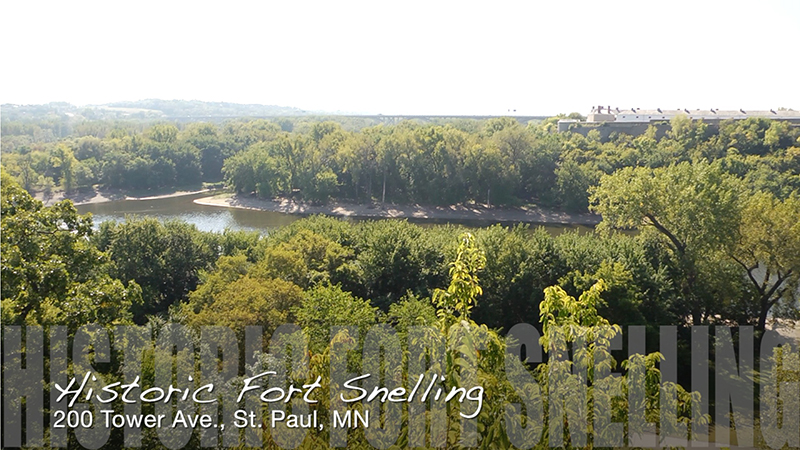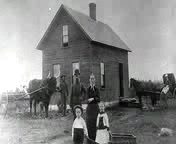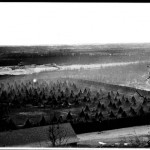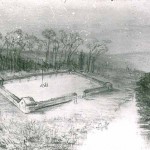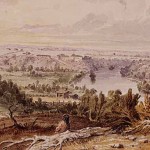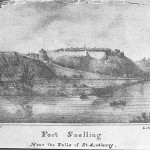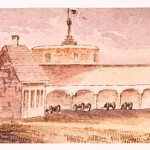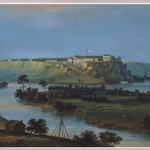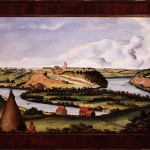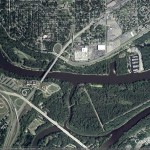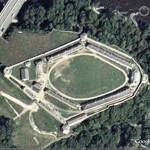Fort Snelling
Today the Minnesota Historical Society maintains the re-built Historic Fort Snelling, while Fort Snelling State Park is maintained by the Minnesota Department of Natural Resources. In this web site, however, as in Dakota history and in Dakota hearts, the “two” areas are one, and part of a larger sacred area.
The 2000 census listed Fort Snelling as an unorganized territory, meaning that it is officially not part of any state or county. From the day this area was taken by the U.S. in 1805, the fort has been a direct point of contact between Dakota people and the United States as a whole. The fort serves as a symbol and an actual demonstration of how Indian-U.S. relations developed in the 1800’s and after.
The area has a very complicated history, for Dakota people and others. A web search for ‘history of Ft. Snelling’ will reveal points of view of the non-indigenous and the indigenous.
But the fact that it was built to be a symbol of the American empire is clear. The fact that it was the source of death and crimes against the Dakota people is also clear. It is a wounded site. Dakota people were imprisoned here. Dakota people died here. Recognition of the pain engendered by the current use of the area is still not visible outside of the native communities.
In 1862-63, Fort Snelling was the site of a concentration camp for Dakota people, where hundreds of innocent men, women and children were held captive. Hundreds of Dakota people died in captivity here during that winter.
Historic Fort Snelling, at this time, reconstructs life at the fort in 1828. Exhibits, demonstrations, role playing, etc. focus on that year, thus effectively avoiding the most difficult subjects of the nineteenth and twentieth centuries. Dred Scott, the subject of a Supreme Court case that kept slavery alive in the U.S. for decades, lived here, but is now invisible. No mention is made of the Dakota War or the concentration camp. In fact, little mention is made of the existence of Dakota people at all, even though in 1828 they lived in the area by the hundreds, trading and even intermarrying with soldiers from the fort.
Fort Snelling State Park, below Historic Fort Snelling and administered by the State of Minnesota Department of Natural Resources recognizes its history in a memorial designed with Dakota people near the parking lot and in section of the exhibit inside the Thomas C. Savage Visitor Center, where the names of the imprisoned families are exhibited. Dakota ceremonies and gatherings take place in this area, site of Dakota “genesis and genocide.”
View the videos and the right to hear Dakota express their feelings about Fort Snelling. If you mouseover the thumbnail image, the title of the piece will be seen. “fort, forty” was produced by the youth of First Person Productions of Migizi Communications.
